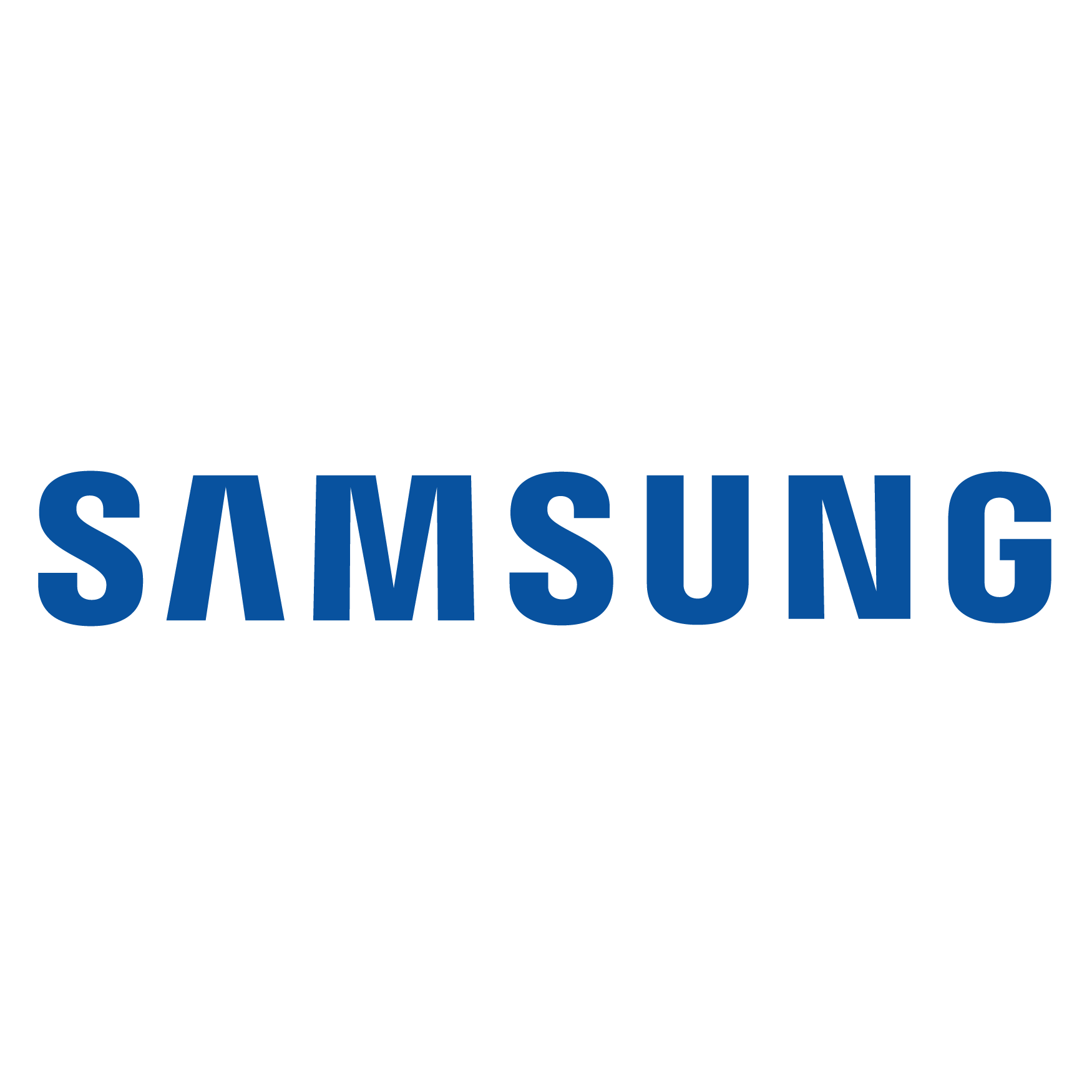So previously, when you went to get battery information, the screen on time would represent the actual screen on time of your device since your last full charge.
Now, with OneUI 16, in their infinite wisdom, Samsung have decided that the screen on time is calculated based on the usage PER DAY.
This means that this morning, when I unplugged my phone at 100% I already had 1 and a half hours of screen on time from the previous night.
I see no way to change this back to the way it used to be. Great choice Samsung, great choice
My guess is that it’s google’s fault - they did this when android 10 launched (presumably because performance was so bad.
I wouldn’t be surprised if they did it again.
OneUi 16? You are from the future? Anyway it is more like on iphones now… No issue for me as i charge every over night so i can see how much screen on time consume how much battery… You will use to it.
“AccuBattery fixes this”
Do people actually regularly check their SoT? Why?
I look every once in a while for like the first week I have a phone, to see what I can expect out of it, and then never ever look again.
I get that this change would be less useful, but like, why was the old way useful for anything?
Yes. And becuase it is important to understand battery habits. Does this mean I’m obsessing over every percentage lost? No, but I would like to be properly informed on ,y battery consumption
I don’t check it that often, but I do from time to time just to get an idea of my battery health. I know that 1 hour of SOT for me, usually equals about 10% battery lost.
This can also help in identifying malfunctions / apps that eat up too much battery all of a sudden.
I know most people don’t care about this, but these are legitimate use cases and the data that the battery stats gave you had a meaning.
Now I’m told how many hours I’ve used by phone in a day. Like, what purpose does that serve? Digital Wellbeing does the exact same thing now
I’m gonna die on this hill, this is one of the stupidest decisions that they could’ve made
My thoughts too
I agree. SOT is most useful as a metric calculated based on battery usage from 100%. Not based on your last 24 hours. That’s one thing I dislike when i use my iPhone… You can’t even select a time window in the battery stats graph
I ignore SoT. Screen off battery usage is much more useful for me. My phone spends a majority of it’s time either idle or streaming audio from the internet to my earbuds. I need it to last more doing that, than with the screen being lit.
Over a year with the S22 base, and it’s really, really poor at doing that. 8 hours = dead battery.
I tought it was only me who gets confused by this, at first I just exited the battery settings because I couldn’t make out what I was looking at. The way Apple calcutales SOT it’s the best, it just calculates it from the moment you unplugged your phone at any %, in this way you can clearly see how much battery you can get at every battery level. I don’t understand why Samsung overcomplicated SOT it just makes no sense

